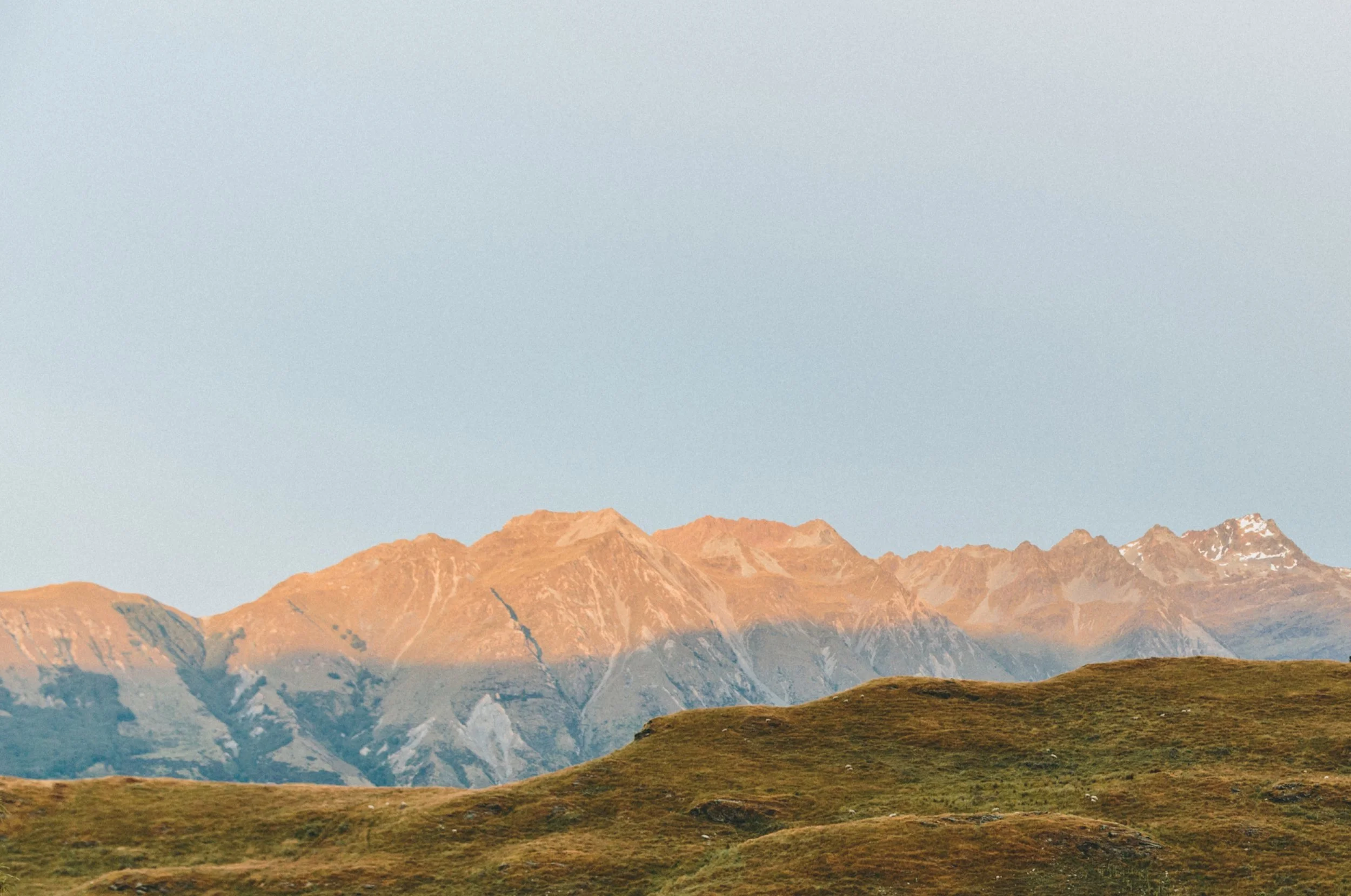Cosmic Rays
Lukas P
1/20/2023
To do list:
Define cosmic ray shower
How often do cosmic ray showers occur?
try reading CERN article
How often should he be receiving them?
find CRD dimensions and divide by how often showers occur
read CRD manual
list our collected events with heights rate of coincidences
what should make the cut off?
Make observatory remote
finish stepper motor set up
ask Noam for more details
We have our goals now we must work towards them. my goal is the write a paper on our definition of cosmic ray shower by the end of the year.
11/9/2022
Noam has gotten the stepper motors to run. I have started working on a paper about the standard model. Dark matter day went well and my station was a success. starting to work on the next poster presentation on December 7th.
10/11/2022
Noam has picked up the Stepper motor project which is giving me time to work on analyzing data he are collecting with our cosmic ray detectors. I am using databases of known supernovas to check if the data we collected was special at those times. We are looking for supernovas specifically because capturing cosmic ray showers from supernovas can tell us about the life cycle of star which can give us insight about our own star.
9/27/2022
I’m back! and have been very busy. I have recruited two new members to the cosmic ray group(Noam and Jacob). I have also started a internship for Quarknet out of UCI under Michael Smy and Dr. Pedro Ochoa-Ricoux. In class I am working on controlling a Arduino using a raspberry PI so we can interact with the cosmic ray detectors remotely.
4/26/2022
CRD control panel is under cd Downloads>(up arrow until you see the long file name)
CRD coincidence chart for port one looks weird(double peaks)
Port voltages read:
Port 1: 0.739
Port 2: 0.804
Port 3: 0.768
Port 4: 0.763
This reading is normal and hasn’t changed recently. why would the graph change if the voltage is the same?
4/13/2022
In order to find the Radio Telescope raw data i hade to use FileZilla to connect to the Pi holding the data (192.168.168.34:5300). once you have connected the files will be under
Home >radioastro>reaserch>gr-radio_astro>examples>data
And the raw data should be downloadable. down load it to a computer (into a file or its a mess) and drop the file into the google drive radio telescope raw data repository and once you are finished downloading you are good to go!
3/21/2022
Started collecting Data from the radio telescope at 9:05 AM
2/18/2022
To do list:
cover and seal solar panel
fix fan to the pelican
access pelican case for ethernet cables
complete PVC line for cables
calibrate cosmic ray detector
finish water proof boxes
2/16/2022(wed)
First Radio telescope roof test.
conditions: windy, clear skies
Unite: RadioTelescopeN (north)
Pi# 5300
started taking calibration .Hot files at 14:00
first file: 22-02-16T215627.hot
finished gathering .Hot files at 14:18 with 10 .Hot file in total
2/4/2022(fri)
today I committed carpentry and sealed the wood boxes using silicon. I evenly placed the silicone anywhere the wood connected and made sure to fill in all the cracks as I screwed to board into place. the end product was a fully water tight box. (I wasn’t able to insert any pictures due to file incompatibility they are on my google drive email if needed.)
1/24/2022(mon)
how to start the spectrometer calibration –
step 1) once you have set up the radio telescope (Image one) download and open VNC viewer
step 2) connect VNC viewer to the pi by entering the server address (192.168.168.## rest of the number should be labeled on the pi) and entering the user name and passcode (username: RadioAstro and the password is the regular WISRD, ask joe if you don know it)
step 3) open the directory panel and type the following command; cd examples/nsf than type NsfIntegrate100
Step 4) once you have reached the control screen for the spectrometer change the values in the gain 2 to 0, gain to 0 ,and gain 3 to 0 in that order. then turn gain 2 to 14, gain 3 to 14, and gain 1 to 18 in that order
step 5) flip the horn of the radio telescope to face the ground and change the elevation on the spectrometer control screen to -90 (remember to hit enter)
step 6) change the ods:: setting to Hot/Cold and the Rec:: to Average
step 7) the
To be continued…
1/10/2022(mon)
Today I learned the difference between the period and the frequency of a wave, the period is the amount of time it takes for a full wave length to pass a point in space and the frequency is how many pass in one second.
12/8/2021(Thr)
Many things have happened since my last report. I wave been focused on my Vitae as well as continuing to work on the DISPIRA white paper and attending GAVRT sessions. I was also promoted to the position of GAVRT PI(primary investigator) due to me being the only member of GAVRT currently. I am hopping more people will chose to join the GAVRT group and I am doing my best to advertise and make the group sound appealing to attract new participants.
10/25/2021(Mon)
Continuing white paper. I am assigned to the waves section of the white paper and have finished gathering all the needed knowledge to write my paper on a google doc.
10/5/2021(Tue)
I have started coordinating with my team regarding a experiment involving ionized hydrogen as an easy representation of the hydrogen line. I believe that it would make a good white paper and it would also help us understand how people came to find out about the hydrogen line.
9/27/2021(Mon)
continued reading the Eric Trumbauer article and taking cornel notes
9/23/2021(Thr)
Formally switched to Radio telescopes team and started reading and writing notes on the provided articles
9/21/2021(Tue)
First GAVRT session was mostly practice and making sure I know everything necessary to participate in blackhole patrol
9/14/2021(Tue)
Today a joined the Hydroponics team and continued researching GAVRT in preparation for next Tuesday when am scheduled to use it.


